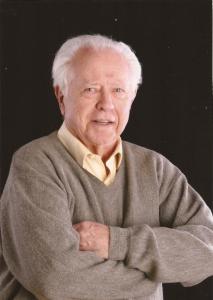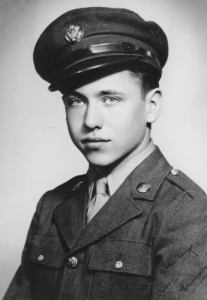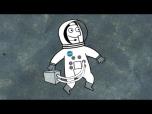Holocaust Survivor Stephan Lewy ⎥ One of the World’s Most Unlikely Soldiers
WORDPRESS GLITCH! If you aren’t seeing the audio bars and want to listen to this recording, click on the post title “Holocaust Survivor Stephan Lewy / One of the World’s Most Unlikely Soldiers.”
Stephan Lewy was born in Berlin in 1925. His father was Jewish, his mother protestant. When Stephan’s mother died in 1931, Arthur Lewy, Stephan’s father, was left to raise the boy alone. He was unable. So Stephan was placed in the Baruch Auerbach orphanage.
Stephan’s father remarried in 1938. That same year, shortly after Kristallnacht, the family made plans to leave Germany for the States; however, due to a health issue with Arthur, their request was denied. Fearing for his son’s life, Arthur agreed that Stephan should instead leave Germany on a kindertransport. It was then that Stephan and his parents lost contact.
Stephan was transported to unoccupied France, where he stayed for a period of four years.
Stephan’s parents made it to the United States in 1940. Stephan, finding them through the American Red Cross, followed two years later. He was seventeen years old. He arrived with America already at war with Germany and so, Stephan, upon landing in the US, was considered an enemy alien. At eighteen, he was called upon to serve.
Stephan joined the army and was placed with a group primarily made up of German immigrants.
As teenagers they had escaped the Nazis. They trained in intelligence work and psychological warfare, and returned to Europe as US soldiers – with the greatest motivation to fight this war: They were Jewish. They called themselves “The Ritchie Boys”.
Stephan was assigned to General Patton’s Army with the 6th Armored Division. He landed in France ten days after D-Day and was present when Buchenwald was liberated.
This is a fascinating story, beautifully told.
.
.
Stephan has shared family and historical photos to accompany his personal narrative.
View images here: Stephan Lewy images to accompany audio
Click for audio (full run time – 42 minutes):












